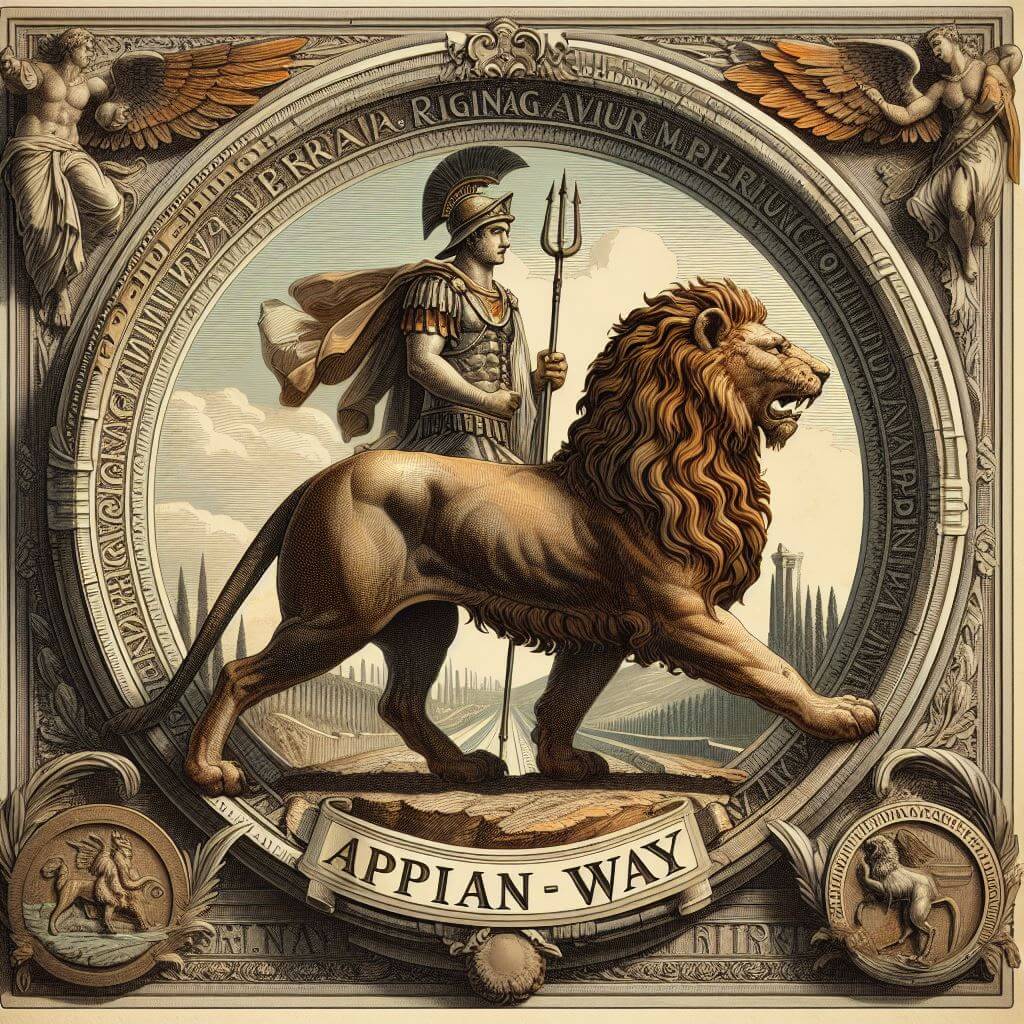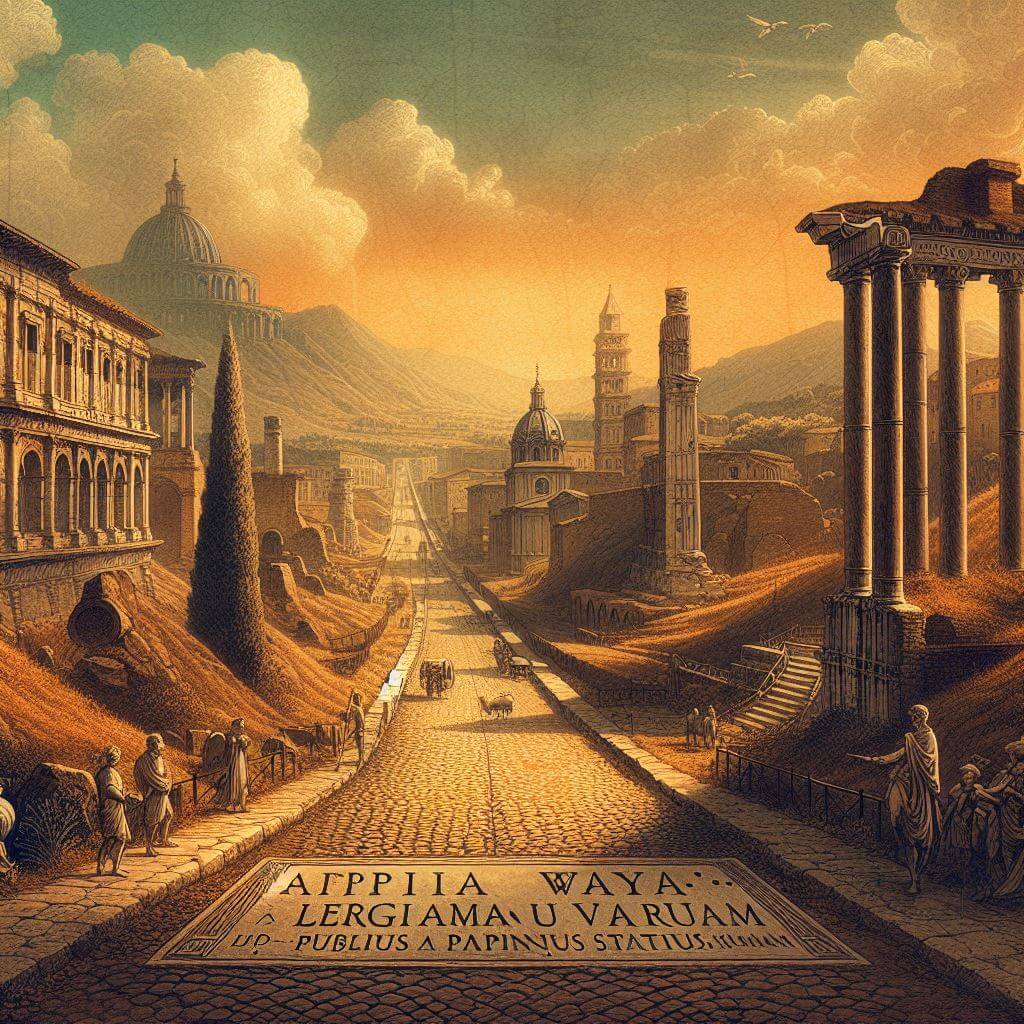Discover the historic significance of Via Appia, the legendary military road built by Appius Claudius Caecus in 312 B.C. Known as the “queen of long-distance roads,” it stretched from Rome to Brundisium, serving as a crucial artery connecting Rome to the eastern Mediterranean.

Appian Way; the earliest and best-known of the great military roads of ancient Rome. Publius Papinius Statius, a Roman poet of the 1st century a.d., referred to it as the long-arum regina viarum, “queen of long-distance roads.” Its Latin name was Via Appia.
The first portion of the road—132 miles (212 km) from Rome to Capua—was built by the censor Appius Claudius Caecus in 312 b.c. Its initial course was practically straight, cutting southeast across Latium to Tarracina (modern Terracina) on the Tyrrhenian Sea. From there it mostly followed the coast until, on entering Campania, it bore inland to Capua.
By about 240 b.c. the highway had been extended an additional 230 miles (370 km) across the country to Brundisium (modern Brindisi) on the Adriatic Sea. From Capua it ran east to Beneventium (modern Benevento). It then resumed its generally southeasterly course, crossing the provinces of Samnium and Apulia to Tarentum (modern Taranto). There it again veered eastward across the “heel” of Italy to Brundisium. With the completion of branch roads to the .major seaports, the Appian Way became the major highway to Greece and the eastern Mediterranean.
So important was the Appian Way to Rome that, under the empire, its repair was administered by a curator of praetorian rank. Excavation indicates that the road had an average width of at least 20 feet (6 meters). The original base consisted of heavy stone blocks, cemented with a lime mortar and laid in such a way as to form a convex surface, in order to insure good drainage. It may, at first, have been covered with gravel, but later it was overlaid with polygonal blocks of lava, expertly fitted together, providing a surface of extraordinary durability. Most of the road was still passable as late as the middle of the 6th century a.d.

In ancient times the northern section of the Appian Way, near Rome, was a select cemetery area with many tombs and monuments and the extensive catacombs that the early Christians subsequently used as places of refuge. The principal ruins are the Casale Rotondo, the tomb of Caecilia Metella, and the remains of the villa of the Quintilii.